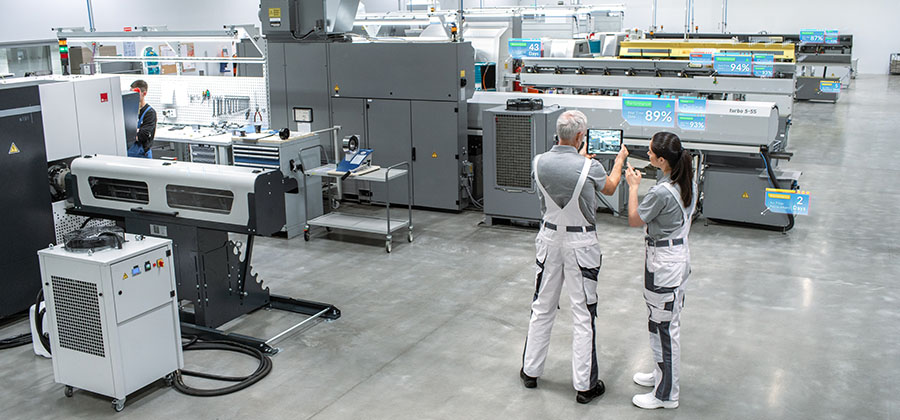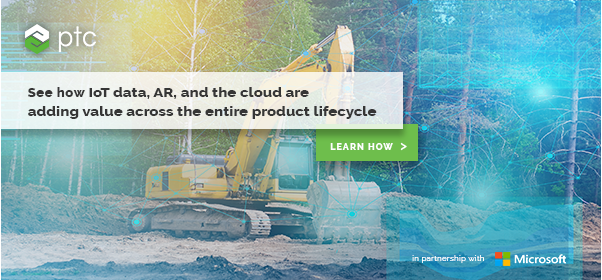
From the initial design of a product to the way its marketed and sold to customers, digital transformation is driving innovation throughout each stage of the product lifecycle. Cloud computing has opened the door to greater collaboration, speed, and insights, enabling manufacturers to create more valuable and longer-lasting products faster than ever before. Digital transformation may sound like a buzzword, but it’s actually very concrete and real—here are five places you can see digital transformation driving innovation and efficiencies in organizations.
Engineers are undergoing a digital transformation in the way they innovate and design new products—thanks to cloud-based technologies like artificial intelligence (AI) and augmented reality (AR). With 3D CAD solutions, engineers can leverage a combination of topology optimization, generative design, and live simulation capabilities to create fully-optimized individual parts and material layouts that could only be conceived by advanced AI. When it comes to product design, augmented reality drives collaboration across the globe by enabling designers to share and iterate full-scale, 3D design concepts before products are actually built.
On the factory floor, digital transformation means greater visibility into the status of equipment, lines, and facilities. Cloud-integrated solutions help manufacturers merge their OT and IT systems to become more flexible, agile, and efficient. Proven cloud platforms like Microsoft Azure can ingest industrial IoT data to help manufacturers monitor real-time production performance and avoid unplanned downtime. AR helps factory workers improve assembly times, as well as safety and compliance, to increase throughput and quality. In addition, PLM solutions allow manufacturers to optimize inventory and shift production schedules as needed with a connected supply chain.
Digital transformation can also help sales and marketing organizations to further differentiate products and virtually educate customers about unique features and components. 3D holograms simplify complex product demonstrations and shorten sales cycles in a cost-effective way, improving customer satisfaction and brand reputation. OEMs can also take advantage of “voice of the product” data to offer new services like the replenishment of consumables, further extending their competitive advantage and differentiation.
Even after smart, connected products are sold, digital transformation continues to influence their lifecycle and the manufacturer’s relationship with customers. Consider the role that historical and real-time IoT data can play in providing customers and OEMs with better insights into the health and status of products. A cloud-driven customer experience enables product owners to maximize uptime and resolve potential issues faster, while continuous fleet monitoring ensures OEMs that their products are operating to set standards. AR devices like the Microsoft HoloLens can help customers self-service products when they do inevitably need maintenance or service, accelerating resolution times while reducing truck rolls and service costs.
At the C-level, digital transformation helps companies increase revenue and create entirely new business models by offering products-as-a-service. Cloud computing provides visibility into the digital thread which can help companies reduce costs when buying things like bulk consumables or spare parts. Tools like AR improve collaboration and productivity by modernizing the workforce and changing the way that work is done.
The partnership between PTC and Microsoft is driving digital transformation across the value chain. Learn how deploying IoT, AR, and PLM solutions on Microsoft Azure can transform your business.

Greg is an avid blogger interested in industrial innovation, technology, and the intersection between the two. As a Content Marketing Specialist for PTC, Greg is excited about how things like virtual and augmented reality, the internet of things, and predictive analytics are shaping the future of manufacturing.
©Copyright 2025. All rights reserved by Modelcam Technologies Private Limited PUNE.